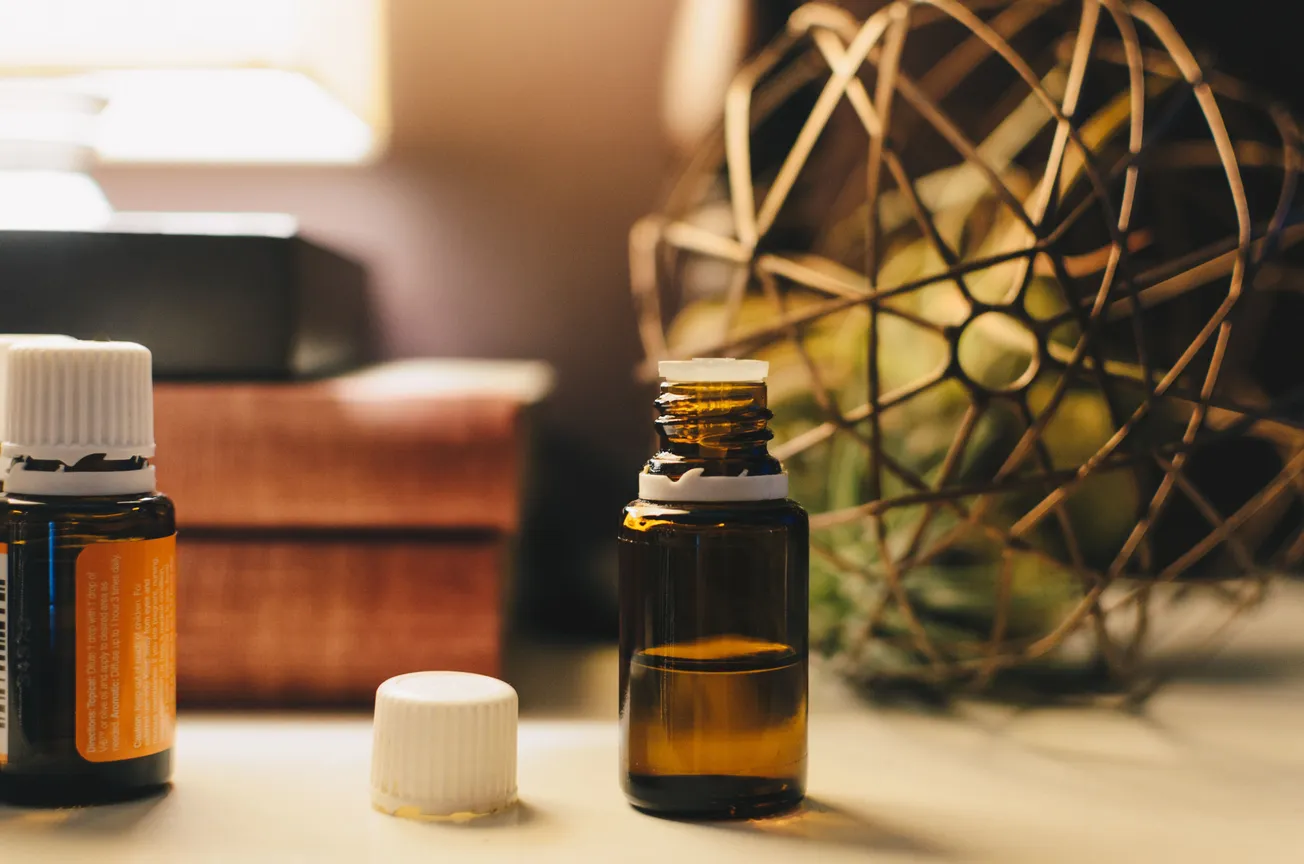Editor’s note: This is Part I of an article that ran in the 1/21/19 issue of CDR.
As legal cannabis-based products continue to find their way to market, promising to redefine entire categories from health, beauty and wellness to food and beverage in their wake, most chain drug retailers are scrambling to calculate the impact on their businesses and whether or not they should engage with a broad range of goods that, up until a few years ago, were mired in controversy.

Randy Burt
As they try to chart future strategies through a sea of conflicting claims, many advanced by zealots on all sides of the cannabis issue, chain drug operators are struggling to find objective answers to both “what we know about cannabis products” and “what we know we don’t know about them” questions. Part of their difficulty starts with deciding how many of what products we are talking about, and then estimating the potential size of the consumer market.
What we know: the science
A quick botany lesson is the first step to answering both questions.
Scientists have identified over 100 cannabinoids, or chemical compounds found in both hemp and marijuana. For our discussion, the two most important of these are cannabidiol (CBD) and tetrahydrocannabinol (THC) — basically almost identical chemical twins separated by a single molecular arrangement. CBDs are nonpsychoactive cannabinoids found in both marijuana and hemp, while THC is the psychoactive ingredient found in marijuana.
In layperson’s terms CBDs can’t get you “high,” while THC can get you as “high,” as you want — depending on their potency and concentration in a product. A recent A.T. Kearney study of Canadian and U.S. consumers found roughly 75% of respondents were aware of the differences between CBDs and THC.
For this discussion we will be looking at the beverage category to illustrate how we ought to be thinking about cannabis and consumer goods. In part II of this series we will explore how cannabis is likely to impact a variety of traditional chain drug store categories.
Let’s look at how some experts value the market as a whole, and then move on to beverages.
What we know we don’t know: commercial market size
The Brightfield Group estimates the total legal cannabis market in the United States — both medical and adult recreational products — was worth $8.3 billion last year and will be worth $25 billion by 2025.

Todd Huseby
Canaccord Genuity Group Inc. believes the U.S. market for cannabis beverages alone could reach $600 million by 2022, split between the two dominant compounds, with THC-infused beverages accounting for $340 million of the total and CBD-infusions accounting for the remaining $260 million.
When it comes to beverages that could be sold in chain drug units, we are looking at four primary subcategories: alcoholic beverages with THC; THC beverages without alcohol; CBD beverages without alcohol; and beverages with both alcohol and CBDs.
Any number of products are already in production and are currently available in-store and online.
CBD-based beverage products include such items as: Vybes Mind + Body Function, a tea-like beverage with 15 mg of CBD per bottle; CatBirD IPA, a CBD plus alcohol beverage with a 7.2 ABV; Green Roads Coffee featuring CBD-soaked beans; and Kick Cold Brew Coffee with CBD hemp oil.
And there are the THC beverages including Strawberry Lemonade Cannabis Quencher, Legal Sparking Tonic, Sprig Soda, and Lagunitas’ Hi-Fi Hops, which was launched this June in two versions — one with 10 mg of THC, and one with 5 mg of THC and 5 mg of CBD.
“There will be a whole host of CBD products entering the market as the 2018 Farm Bill makes hemp-based CBD legal in all 50 states,” predicted David Donnan, a senior partner at A.T. Kearney and a board member of Rubicon Organics, a vertically integrated cannabis company with operations in Canada, California and Washington, and a pioneer in studying the impact cannabis will have on the retail and consumer goods industries. “However, individual states may choose to restrict or limit access, making it difficult for national distribution.”
“And since there are no clinical trials yet, the FDA [Food and Drug Administration] will restrict any health benefits claims. It will be another case, like nutritional supplements, with lots of loyal users but incomplete medical evidence,” he continued. “Also, flavor profiles are still an issue due to the difficulty getting water-soluble cannabinoid oils.”
While there is no conclusive research yet to support many specific efficacy claims, current CBD users and manufacturers are almost militant in their faith in the compound’s ability to relive skin irritation, calm users down, act as an anti-inflammatory agent, and other related claims.
Donnan’s suggests not listening to every cannabis apostle’s claims. “Expect a lot of initial hype, and then it will settle down,” he said.
If you build it, will they come?
What has chain store operators worried is whether or not consumer will accept these new products.
A.T. Kearney research found roughly 80% of Canadians and Americans have used, or know someone who has used, cannabis.
When it comes to cannabis products, perception seems to have become the new market reality. Seventy eight percent of respondents “agreed” or “strongly agreed” that “… products derived from cannabis or containing cannabis can offer wellness or therapeutic benefits.
Asked if they would try a legal cannabis-infused beverage, 38% of respondents said they would try a nonalcoholic beverage, and 28% said they would try alcoholic beverages with cannabis as an ingredient.
When they were asked, “Some therapeutic products infused with cannabis are legal and do not give a high. Which would you try?” 32 percent of respondents indicated they would try a nonalcoholic drink, and 19% said they would try a CBD-infused alcoholic beverage.
Asked, “If a large, well-known company was associated with cannabis, would your perception of that company change?” 82% of respondents said their impression of the company would remain unchanged or improve in the case of alcoholic beverage firms, and 85% in the case of firms currently producing nonalcoholic brands.
So, it is clear that there is a strong potential consumer markets for these products in chain stores. What is not clear is how retailers should go about making the decision to carry, or not carry, CBD-based products and — if they do — whether it is better to be a pioneer, a fast follower or wait until a stable market has sorted itself out. That’s just one of the questions we will look at next month in part II of our series on Cannabis and Chain Drug Retailing,
While we have largely focused on beverages in this article, as we said earlier, our next article will look at the critical operational, merchandising, marketing and customer education issues associated with integrating cannabis-based consumer goods into traditional chain drug store categories from supplement to skin care and cosmetics to food.
Randy Burt is a partner in the consumer and retail practice of A.T. Kearney, a global strategy and management consulting firm. He can be reached at Randy.Burt@atkearney.com. Todd Huseby is lead partner in A.T. Kearney’s Pharmacy sector practice and can be reached at Todd.Huseby@atkearney.com.









